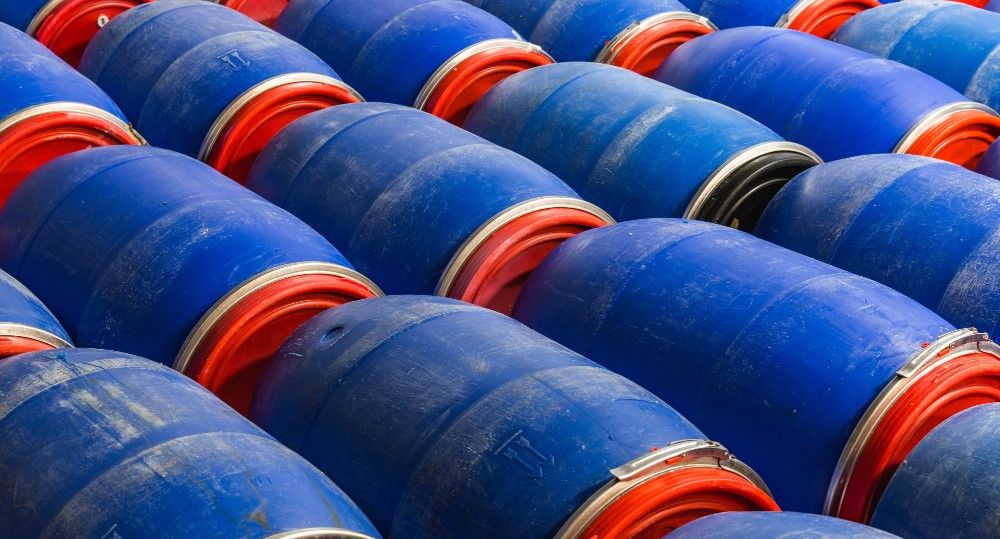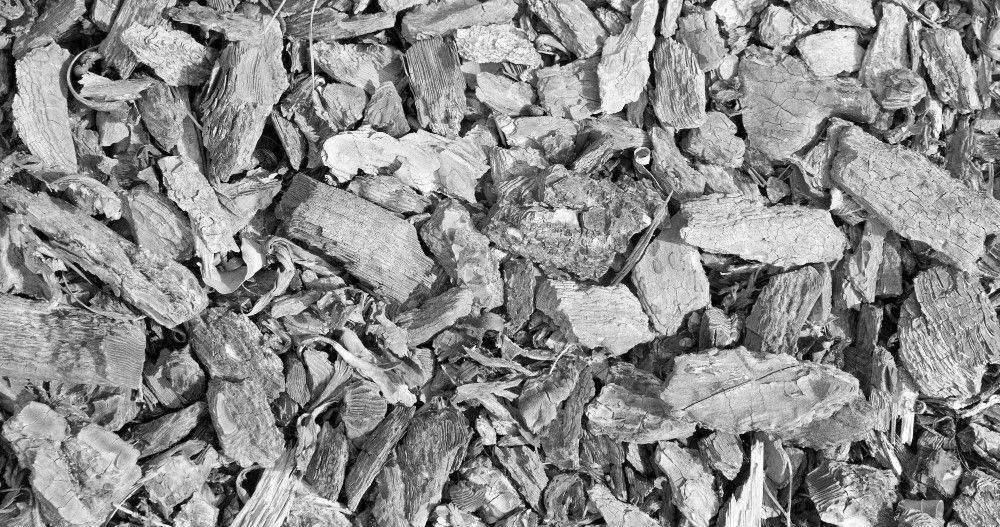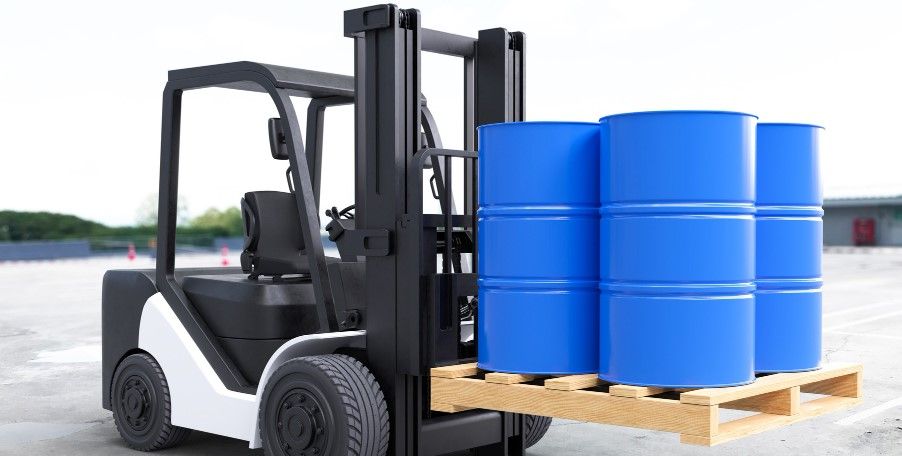Online shopping is easy. Plenty of pictures, lots of customer reviews, a simple five-star rating system, and plenty of suppliers all in one central marketplace. Just a couple of clicks and a card swipe and it’s in the post and on the doorstep just a few days later.
Purchasing industrial raw materials is not so easy. A global marketplace, secretive pricing, complex logistics, some dishonest providers, long lead times, and a great deal at stake if the wrong product is bought.
“Oh, you wanted 99% denatured alcohol, not 96%! That’s an expensive mistake.”

So how can manufacturers properly assess the suppliers that are supporting them?
Here to help are a few ways to tell if an industrial ingredients provider is up to scratch.
1. Check the Basics
Consider your priorities when sourcing raw materials. This criteria may include pricing, capacity, quality, time frame, and reliability with previous customers. To make sure the supplier is reputable, financially stable, and experienced in its field, various background checks can be conducted. Ask business contacts, run a credit report check for financial information, and use Google to its full.
2. Establish Agreed Standards
It is important to meet with a supplier or raw material provider to confirm the quality of product required. Failing to do so can leave a manufacturer exposed to the risk of sub-standard product.
“When developing their product requirements one thing that we see businesses skip from including in their products requirement document (PRD) are the quality standards that the product and supplier need to abide by,” writes Renaud Anjoran, a Certified ISO 9001 & 14001 lead auditor, and logistics specialist with 13 years’ experience of working in the Chinese supply and manufacturing sector. “For example, you can’t just state that you want the product to be ‘the same quality as Apple products.’ Since you do not have Apple’s quality standard to share with your supplier, how can they actually achieve this?”
Without a clear-cut, black-and-white reference point for quality standards, who is wrong?

3. Testing and Sampling
Another method of ensuring raw materials meet quality standards is sampling and testing. This involves taking a representative sample of the raw material (preferably of the actual batch to be purchased) and performing various tests to measure their chemical properties.
Testing can be time-consuming and (depending on the type and quantity of raw materials and tests involved) even expensive, so it may be worth factoring in these costs and time delays when planning a raw material purchase.
4. Auditing
Supplier certification and auditing entails assessing and validating your raw material suppliers' quality management systems, procedures, and output in addition to making sure they possess the required accreditations to comply with all applicable laws and requirements.
Doing this allows procurement teams to build confidence in a supplier as well as lessen the requirement for regular or thorough testing of raw material products. Nonetheless, supplier auditing can be difficult, particularly for international or diversified supply chains, possibly requiring the use of independent/professional auditors.
5. On Site Visits
While visiting a supplier’s offices, depot, or processing plant may be time consuming and expensive it can save time and money in the long run.
When on-site, there are two priorities:
1. Evaluating their Capabilities: Can they provide the quantities required? Can/do they test their own products? Can they increase production/supply if necessary?
2. Evaluating the Risks: How likely is it that there will be a mistake in the supply/production process? Do they have the skilled personnel required to maintain quality standards?

A visual inspection of a product or its source is one of the easiest ways to verify a raw material’s quality. Physically examining a raw material’s appearance, colour, shape, size, and texture is part of this process, as is searching for any flaws, faults, or impurities.
6. Check Certification
There is much to gain from a reliable and trustworthy supplier who has a strong quality system in place. Take time, therefore, to verify the validity of all appropriate certifications and find out if the supplier actually uses a Quality Management System (QMS).
For example, many Chinese suppliers claim to have ISO 9001, 1345, 16949, and other certifications, but these are often issued by local certifying bodies and are not entirely legitimate. In addition, a supplier may boast of certification, but the QMS is not actually adhered to.

7. Formally Recognise Authorised Vendors.
Putting approved suppliers in writing gives a manufacturer a safeguard against collaborating with unqualified vendors. When raw materials or parts are needed quickly, there is a risk of agreeing to do business with a supplier who simply meets immediate needs. But how certain can a customer be of their ability to provide when time pressures prevent authentication?
By establishing a list of verified vendors, a raw materials purchaser can conduct due diligence before the pressure is on. These pre-qualified suppliers (perhaps ranked in order of criteria such as quality, risk, delivery, etc.) can then be used when needed in the knowledge that they are capable of delivering as expected.
It may even be advisable to hold quarterly supplier meetings to re-evaluate the approved suppliers and modify their rankings accordingly.

“Supplier quality can be broken down into two key aspects,” says Anjoran. “Firstly, how they behave, operate, and support their customers and secondly if they can provide the best possible quality services, materials, components, and/or products for the needs of the buyer’s project.”
Selecting trustworthy vendors means conducting regular audits to verify both their safety compliance and quality processes. Thoroughly examine incoming materials, apply HACCP guidelines for hazard control and get Certificates of Analysis (CoA) where necessary.
Because ultimately, if you have bad suppliers, your raw materials will tend to be bad too. And if your raw materials are bad, then your final products will also tend to be bad.
Photo credit: Macrovector, Kues1 on Freepik, wirestock, user6072303, storyset, & freepik